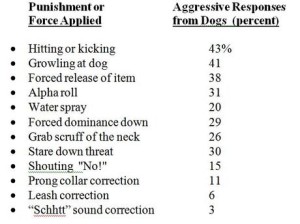Learn to Earn (Vs. Escape) Training Methodology
Day SIXTEEN-21 Day Positive Training Kickstart Challenge
Would you prefer to have me reward you every time that you do something correctly or wait until you do something wrong & then punish you? This is basically the difference between positive reinforcement vs. other training ideas.
Learners who are encouraged when they do things right want to think up new ways to do the right things! They get creative in exploring & guessing just what things might earn them good behavior rewards.
 The flip side of this coin is when learners are corrected for doing things wrong. Not only is this approach disheartening (imagine only getting attention when you make a mistake & then are punished for it), but it discourages all learners from trying & encourages apathy towards learning.
The flip side of this coin is when learners are corrected for doing things wrong. Not only is this approach disheartening (imagine only getting attention when you make a mistake & then are punished for it), but it discourages all learners from trying & encourages apathy towards learning.
Instead of waiting around for errors, try to catch your dog/parrot/horse doing some behavior that you can reinforce! Help them “learn to earn” & build confidence & eager learners!
ACTION: Watch for a learner in your house (can be your dog, a child, a spouse, another animal) doing something that you like & then praise/reward/reinforce this behavior. Try to do this three times & watch the reaction of the learner!


